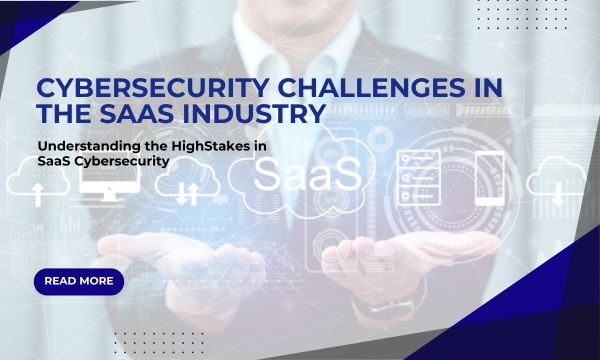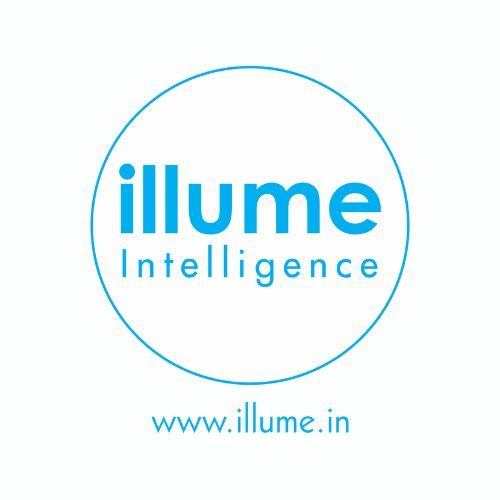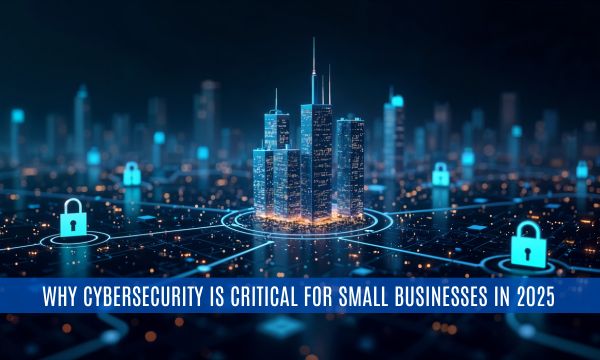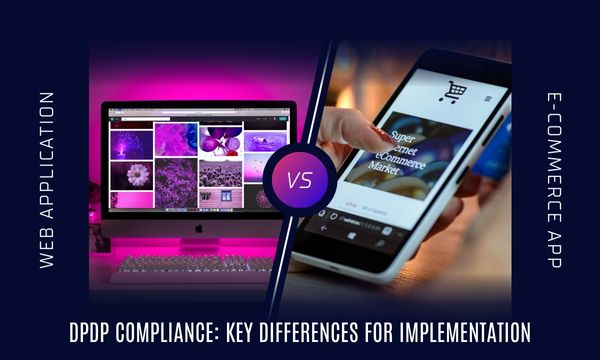
In today’s fast-paced digital landscape, Software as a Service (SaaS) has become the backbone of many businesses, offering unparalleled convenience, scalability, and efficiency. As SaaS platforms host vast amounts of sensitive data and critical business processes, they increasingly become prime cyberattack targets. According to Gartner, the global SaaS market is projected to reach $200 billion by 2024, but with growth comes an increase in cybersecurity threats.
As more companies shift to cloud-based solutions, the cybersecurity challenges faced by SaaS providers are more critical than ever. From securing customer data to meeting international compliance requirements, SaaS organizations are under constant pressure to protect themselves from sophisticated cyberattacks. This blog will delve into the key cybersecurity challenges that SaaS companies face today, and explore strategies to safeguard their platforms in this rapidly evolving threat landscape.
The High Stakes in SaaS Cybersecurity
The SaaS (Software as a Service) model has transformed the business landscape, making it easier for companies to access and deploy software solutions. From CRM tools to financial systems, SaaS applications have become the backbone of global business operations. But with great power comes great responsibility, and in the digital age, that responsibility is ensuring robust cybersecurity.
According to Gartner, the global SaaS market is projected to grow to $200 billion by 2024. As SaaS adoption accelerates, so do cyber threats. In 2023, 66% of organizations reported suffering from a cyberattack, with SaaS providers often in the crosshairs. The cost of these breaches? Hundreds of millions of dollars, not to mention damage to reputation and customer trust.
But why are SaaS companies such an attractive target for cybercriminals? And what can they do to protect themselves and their clients?
The Unique Cybersecurity Challenges in SaaS
1. Data Breaches: Protecting the Crown Jewels
SaaS companies handle vast amounts of sensitive data, from personal customer information to confidential business transactions. A breach of this data can have far-reaching consequences. For instance, when a major SaaS provider faced a data breach in 2022, it exposed the personal data of over 50 million users, resulting in lawsuits and lost contracts.
Fact Check: According to Verizon’s 2023 Data Breach Investigations Report, 45% of data breaches involved cloud-based services like SaaS platforms.
2. Compliance Complexities: Global Standards, Local Realities
The beauty of SaaS is its ability to scale globally. But with global operations comes the need to navigate a maze of compliance requirements—such as GDPR (Europe), CCPA (California), and HIPAA (US healthcare). Failing to meet these regulations can lead to crippling fines.
Example: Non-compliance with GDPR can result in fines as high as €20 million or 4% of global revenue, whichever is higher.
SaaS companies need to ensure that they’re not only compliant with local regulations but are also prepared for the strictest global standards, which is no small task.
3. Cloud Security: Guarding the Gateways
For SaaS providers, the cloud is both a lifeline and a vulnerability. Misconfigurations in cloud environments can open doors for attackers. Publicly exposed databases, weak access controls, and improper encryption of sensitive data can turn into ticking time bombs.
Fact Check: A report by IBM found that misconfigured cloud environments were responsible for 19% of data breaches in 2023 alone.
4. Identity and Access Management (IAM): Controlling the Keys
The SaaS ecosystem involves multiple users, from clients to administrators, all needing access to the platform. Managing this access securely is paramount. A weak IAM system can allow unauthorized users to exploit vulnerabilities and gain access to sensitive areas of the platform.
Tip: Implementing Multi-Factor Authentication (MFA) across all access points can drastically reduce the chances of unauthorized access. According to Microsoft, MFA can block 99.9% of account hacks.
5. Third-Party Integrations: Strengthening the Chain
One of the strengths of SaaS platforms is their ability to integrate seamlessly with other software solutions. However, every third-party integration introduces potential security risks. A vulnerability in one third-party provider can expose the entire platform to attack.
Example: In 2021, a major cyberattack on a third-party service provider exposed sensitive data across multiple SaaS platforms, demonstrating the need for careful vetting and security protocols for all integrations.
6. Ransomware: The Rising Threat
Ransomware attacks have skyrocketed, with attackers targeting businesses and demanding payment in exchange for unlocking their systems. For SaaS providers, a ransomware attack can bring operations to a standstill and potentially expose sensitive client data.
Fact Check: The Deloitte Global Outlook Report found that 66% of organizations globally experienced ransomware attacks in 2023, with many SaaS providers affected.
A Path Forward: Strengthening SaaS Cybersecurity
So, how can SaaS providers protect themselves and their clients from these evolving threats? Here are some essential strategies:
1. Secure Cloud Configurations
Start with ensuring that your cloud environments are properly configured. Regularly audit your settings and make sure that sensitive data is encrypted both at rest and in transit. Implement role-based access control to ensure that only authorized users have access to critical data.
2. Invest in Strong IAM Solutions
A robust Identity and Access Management (IAM) system can prevent unauthorized access to your platform. Make MFA mandatory for all users, and consider adopting a Zero Trust security model where every access request is authenticated and authorized, regardless of whether it originates inside or outside your network.
3. Third-Party Vetting and Monitoring
Before integrating with any third-party software, conduct a thorough security assessment. Even after integration, regularly monitor third-party activities to ensure they don’t introduce vulnerabilities.
4. Regular Vulnerability Scanning and Patch Management
Cybercriminals are always looking for vulnerabilities to exploit. Regularly scanning your systems for vulnerabilities and promptly applying patches can reduce the risk of being targeted by zero-day exploits.
5. Data Backup and Disaster Recovery
Ransomware attacks are on the rise, so having a solid data backup and recovery plan in place is critical. Regularly back up data, and ensure that backups are stored securely and can be quickly restored in the event of an attack.
6. Employee Training
Your employees are often your first line of defence. Regular training on cybersecurity best practices, recognizing phishing attempts, and safeguarding sensitive data is essential to reducing human error as a security risk.
Conclusion: Securing the Future of SaaS
Cybersecurity for SaaS companies is no longer just a technical issue—it’s a business imperative. As the industry grows, so do the threats. To stay ahead, SaaS providers must adopt a proactive and comprehensive approach to cybersecurity, ensuring that they not only meet current standards but are also prepared for the challenges of the future.
From data breaches to ransomware, the threats may be daunting, but with the right strategies, SaaS providers can secure their platforms, protect their clients, and continue driving innovation in the digital age.
In the words of cybersecurity experts, “The best time to prepare for a cyberattack was yesterday. The second-best time is now.” The future of your SaaS business—and your customers—depends on it.



